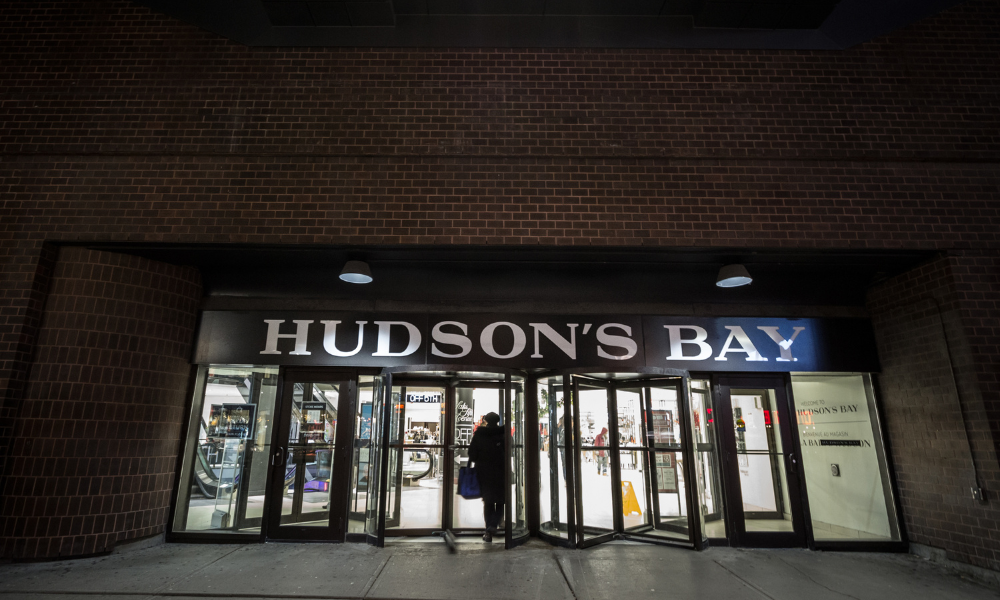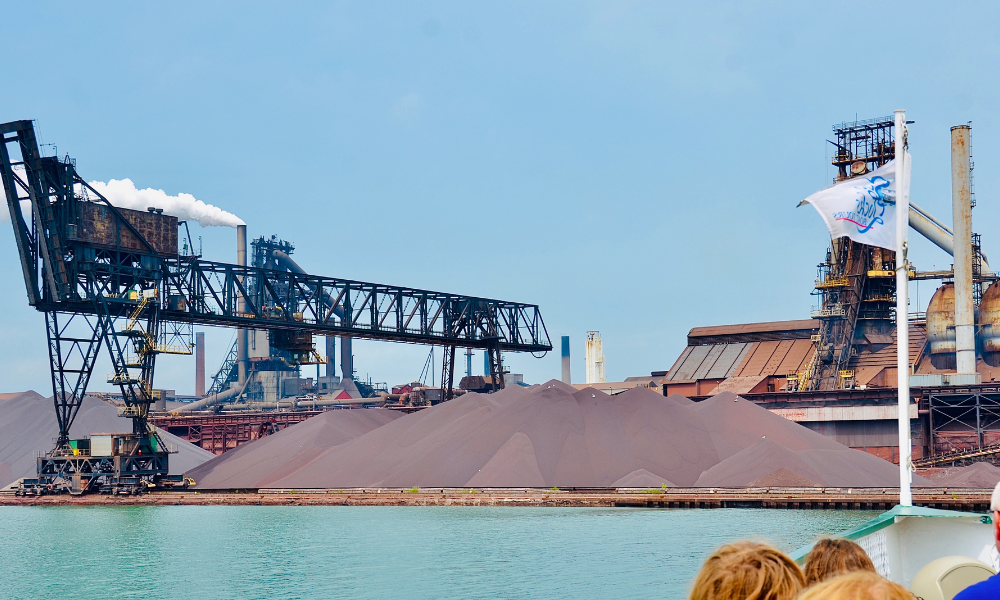Policy Horizons Canada explores 5 game-changing ideas

The combination and maturation of artificial intelligence (AI) and automation will redefine the workplace forever, according to a new report from the federal government.
The Future of Work: Five Game Changers predicts what Canadian workers may face in coming years, in an effort to ensure government policy is robust and resilient in the face of disruptive change, says Kristel Van der Elst, executive head of Policy Horizons Canada, a government organization providing foresight in Ottawa.
“We looked at a number of technologies — if they mature and combine, how they change the organizing principles of our economy,” she says. “It’s more thinking about a shift in how you think about the nature of work. The idea is to have people rethink some of the assumptions that underlie policy work.”
Over the past two years, Policy Horizons conducted research, interviews and workshops leading to the report, as well as a secondary document entitled The Next Digital Economy.
The future of work report identifies five “game-changers” — driving forces for the future affecting organizations, workers and broader society, says Van der Elst.
They are as follows:
• Work moves from long-term and time-based to temporary and task-based.
• AI and automation could erode employment long before technologies replace entire jobs.
• AI ends the scarcity of knowledge workers, potentially allowing jobless growth in knowledge industries.
• Combined digital technologies could reduce the role and need for human intermediaries.
• Where people work and earn income may not be where they live and spend time and money.
‘Centaur work’
When these game-changers take effect, job roles will be operated in the fashion of centaurs — half-human, half-horse creatures from Greek mythology, says Van der Elst.
“It’s the idea that you build on the best capabilities of human beings and of what robots, machines and AI can do,” she says. “By making sure that you use both capabilities to the optimal, you can have higher efficiencies and outcomes. You can actually increase the quality and quantity of the work being done, and it may actually provide more safety for some of the workers by having dangerous or boring tasks being done by robots.”
Blending excellent technologies with humans is the way of the future, says Kim Toews, executive vice-president and head of HR at HSBC Canada in Vancouver.
“It’s not something to be feared,” she says. “It’s something to be embraced and looked at as an opportunity.”
Quality technology frees up front-line staff to spend more time with customers, and a reduced focus on repetitive tasks should boost staff productivity and well-being, says Toews.
“That’s a good thing... That’s certainly how we’re trying to approach the future of work… embedding it in our strategy and very much focusing on the customer experience.”
Employers and HR professionals need to rethink jobs with technology in mind, says Van der Elst.
“It’s not the jobs that will be fully automated, it is tasks within the jobs that will be automated,” she says. “You’re starting to see quite a number of functions that are being redesigned to work with the capabilities of technology, so that could speed up significantly the process of decreasing demand for workers.”
The unbundling of jobs is creating more automatable tasks and increased commission opportunities for gig workers — all of which are shifting compensation models from hourly work to piecework, says Van der Elst.
“That has quite a number of implications in terms of what that means for the level of compensation for people, for adherence to minimum wages, for working conditions,” she says. “And it takes away the concept of the employer-employee relationship.”
Further, the shifts in workplaces will alter social support systems, affecting access to benefits such as private health and insurance, says Van der Elst.
“It’s really important to start thinking through some of these issues.”
Changing perceptions
Perceptions about the future are changing.
Nearly seven in 10 (69 per cent) Canadians are excited by technology’s potential, while only 11 per cent believe it will eventually take their job, according to a survey of 2,005 people by KPMG.
“The true reality is that AI is no different than any other emerging technology that we’ve had over decades,” says Peter Hughes, a partner and digital services leader at KPMG in Toronto.
“People recognize that AI is just another technology, or set of technologies, that will start to automate tasks,” he says. “And it’s just a natural evolution, in my opinion, of the overall improvement and efficiency in the way in which work gets done.”
Workers are becoming attuned to the fearmongering surrounding mass layoffs by way of automation, says Hughes. And robotic-process automations are creating efficiencies for many high-volume, low-value processes.
“That’s where most of the impact is happening, but that’s not anything that people would read about or know about, because it’s not that sexy,” he says.
“Getting away from macro impact and having a focus on micro impacts is a much more realistic angle to take, because that’s what history has proven.”
Four in five (79 per cent) Canadian businesses are anticipating growth in the next two years, according to a survey of 2,500 organizations across the globe by HSBC Canada.
Nearly half (47 per cent) of employers expect to invest in skills and training, while 42 per cent are planning increases to well-being investments, she says.
“Fifty-four per cent see more opportunities than threats, and then an additional third see them as balanced, which is not the headlines you see often,” says Toews. “There’s less of a fear of it, more of a ‘Let’s get some action here,’ as opposed to just being worried about it.”
Advice for HR
When it comes to the future of work, it’s important that HR understand the time has come, says Toews.
“When people talk about the future of work, they’re always talking about it like it’s some future thing. It’s not.”
The pace of disruptive change is unlike anything employers have seen before, says Hughes.
“We’ve always had technological shifts and changes, but we’ve never had them at a pace that they’re happening now.”
Past strategies such as hiring a specialist to deal with disruptive technology are no longer viable; simply put, too many things are happening at once, he says.
“Now that we’re into exponential technologies like AI and robotic process automation, there are exponentially more of these… technologies, and so no longer can organizations just say, ‘OK, well, that’s something we need to be into. We’re going to start hiring for that.’”
Employers need to be constantly evaluating improvements and effectiveness, alongside proactively reacting to new technologies, says Hughes.
It’s important to remember that no employer can be a specialist in every technology, he says.
“That’s a fool’s game that you will not win.”
Strategic thinking in terms of future competition, areas of opportunity and automatable processes should all be considerations for HR professionals, says Van der Elst.
Thought should be given to how readily an organization’s clientele would accept automation, corporate social responsibilities, reskilling options, as well as what type of employer one wants to be viewed as, she says.
“What’s really important is that when you start to look at both your business plan and your human resources plan, you just need to recognize that these things will happen. But there is some urgency, also, and there are some reflections to have beyond economics.”




